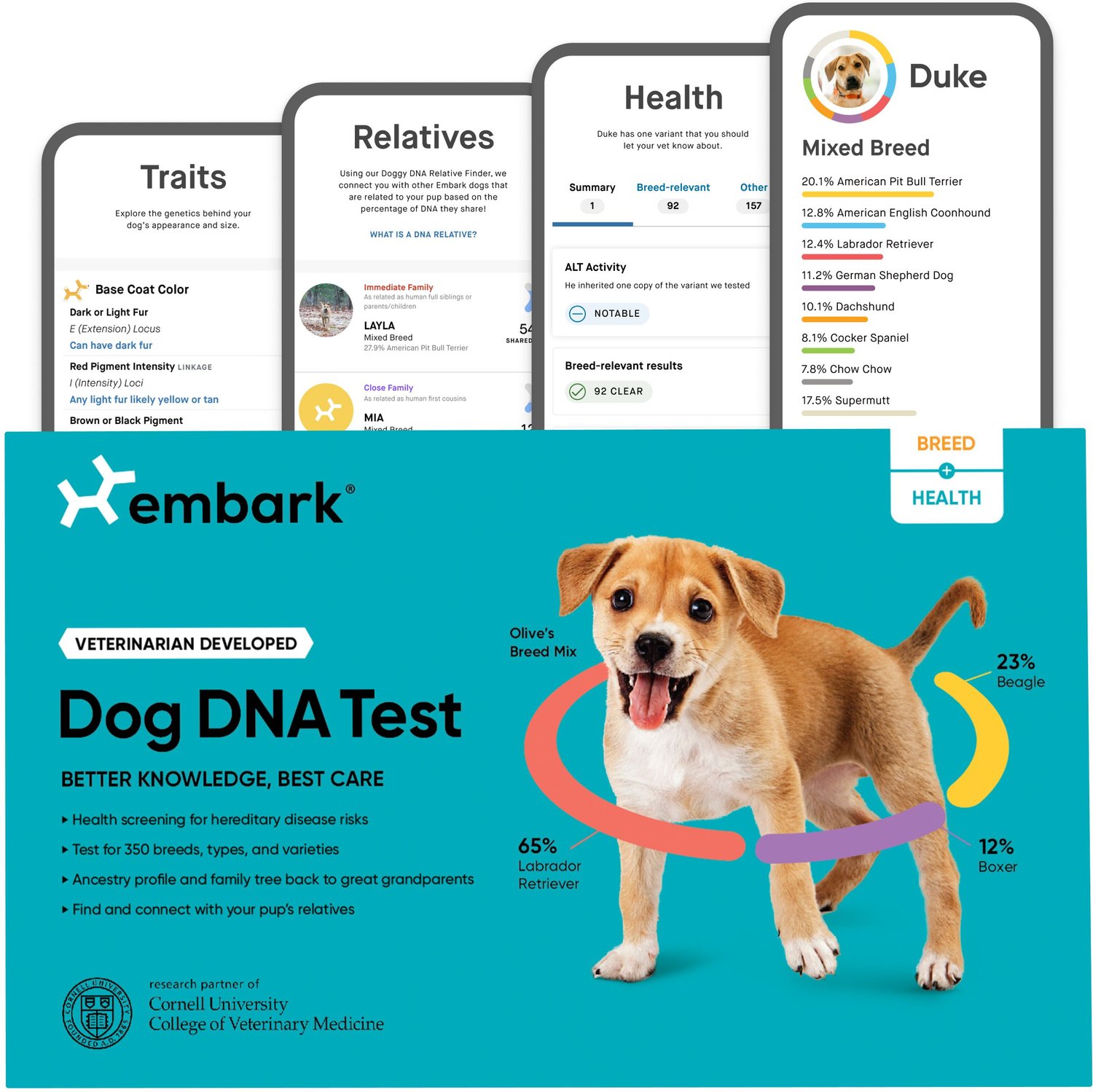Waterpik PPR-252 Pet Wand Pro Dog Shower Attachment for Indoor and Outdoor Use
Scrub a dub dub, no more trying to get your pup in the tub. With the Waterpik Pet Wand Pro Shower Attachment for Indoor & Outdoor Use grooming is now easier than ever.The Pet Wand Pro is great for both indoor and outdoor use and is extremely easy to set up with the included accessories. Simply hook up the wand to your shower for indoor use, or use the outdoor adapter to connect it to your garden hose. Is your pet small, tall, or somewhere in between? No problem, this wand is great for pets of all shapes and sizes.If your pet hides at the sound of the bath faucet turning on, you can help wash their fears away with the gentle Waterpik Pet Wand Pro Shower Attachment for Indoor & Outdoor Use.
-
Carprofen (Generic) Flavored Tablets for Dogs By Carprofen
Rated 5.00 out of 506Carprofen (Generic) Flavored Tablets for Dogs By Carprofen
Rated 5.00 out of 506 -
Holiday Time Tufted Plush Pet Bed, 38″ x 48″ – Red
Rated 5.00 out of 505Holiday Time Tufted Plush Pet Bed, 38″ x 48″ – Red
Rated 5.00 out of 505







Pet Wand Pro for both indoor and outdoor use makes bath time easier than everIncludes an 8 foot flexible hose just in case your dog’s a runnerOutdoor adapter to connect to garden hoseHang up your wand during bath time with the included suction cup hookInstall the indoor shower diverter and conveniently switch between your shower head and the Pet Wand ProWatercomb spray provides maximum coverage and the power you need for effective rinsingIncludes: Pet Wand Pro, 8 foot flexible hose, indoor diverter, suction cup hook, and outdoor hose adapterColor: Blue and greyDimensions (L x W x H): 1.5 x 1.5 x 13.5 inchesManufacturer warranty: Limited lifetime warrantyEasily change from watercomb spray to narrow spray and dial the water pressure to your desired force2.5 GPM, cannot be shipped to Colorado, California, or New York





Reviews
There are no reviews yet.